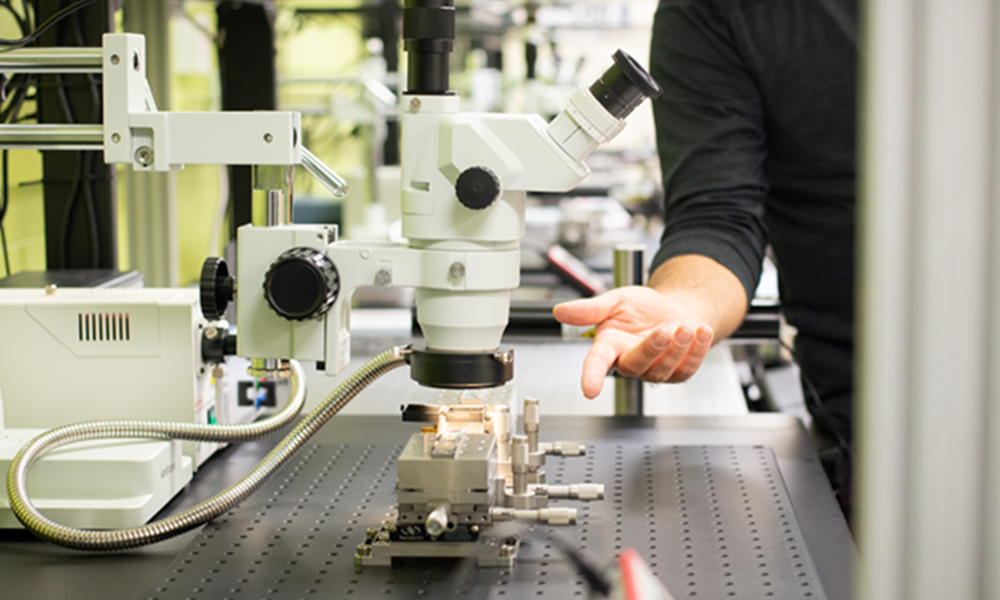Western New England University professors Dr. Ronny Priefer and Dr. Michael Rust have developed a hand-held breathalyzer that allows individuals to painlessly check their blood glucose levels. Instead of using the traditional finger-stick testing, patients can blow into a breathalyzer to detect the acetone levels in their breath, which have been been linked to high blood glucose. With this information, patients can determine if they need to take insulin.
Priefer and Rust presented their research at the 2016 American Association of Pharmaceutical Scientists (AAPS) Annual Meeting and Exposition to an estimated 6,500 attendees in Denver, CO this November. The AAPS conference aims to improve global health through advances in pharmaceutical sciences.
“We believe this technology will be a great improvement in the lives of people with diabetes,” said Priefer. “It is a non-invasive medical device for detecting and monitoring diabetes by connecting one’s acetone levels with their blood glucose. We believe it is a necessary alternative to the finger-stick approach for people living with type 1 and type 2 diabetes.” Necessary because as much as 66% of people with diabetes currently avoid doing the finger-stick testing due to the invasive and painful nature that patients must endure between 4-12 times a day, according to Priefer.
A lack of blood glucose monitoring can result in serious diabetes-related complications. For example, if a person’s blood glucose is too low, complications can include seizures, loss of consciousness, and even death. If a person’s blood glucose is too high, complications can include infections, cardiovascular disease, and nerve and kidney damage.
Priefer’s goal is to create a device that allows patients to track their blood glucose levels, by the end of 2017. The new device is currently the size of a small book, but the team is working to make the device even smaller.




